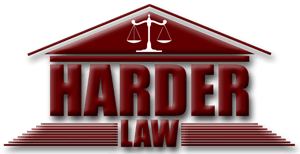Mortgage and Promissory Note
When buying a house on credit, the new homeowner signs two important documents. The first is a promissory note indicating how much is being borrowed and how repayment will be made. The second document is a mortgage. This is the vehicle that attaches the promissory note to the title of the house. Both documents are commonly referred to as the mortgage.
Mortgage-Backed Securities
During the heyday of mortgages, the only requirement was a pulse to qualify for a mortgage. Lending companies then had the choice to keep the mortgage debt or sell it to an investor. Some lending companies would bundle the loan with other loans and sell the package to investors. Buyers of the bundled mortgages would combine the mortgages and create mortgage-backed securities. Each investor would receive a portion of the interest from each mortgage in the bundle.
Owner and Holder of Note
As long as the homeowner made their monthly payments, mortgage-backed securities worked perfectly fine as an investment option. Problems began to materialize when the sub-prime mortgage holders stopped making their mortgage payments. Investors needed to foreclose on the delinquent homeowners. Before the holder of a mortgage can foreclose, the holder of the mortgage has to prove they are the owner and holder of the promissory note and provide the original promissory note to the Court. Unfortunately, the original promissory note, containing the homeowners signature, was stuck in a box in some basement or was shredded long ago.
Standing
Only the owners and holder of the original promissory note has the right to foreclose on the promissory note. Mortgage foreclosures sometimes have two claims. The first was to foreclose on the promissory note and the second was to reestablish the lost document. The homeowner has a built in defense of Standing. Standing is the ability of the party to demonstrate they have sufficient connection to the original promissory note. If there is a claim to reestablish the lost document, then there is a question of Standing.
Don’t Claim Standing at the Last Minute
While Standing is a valid defense, Courts frown on homeowners asserting that defense at the last minute. This would seem against public policy because the Plaintiff (person filing the lawsuit) has to demonstrate Standing. If you are fighting a foreclosure pro se (by yourself) you may want to put in the Affirmative Defense of lack of Standing. In this way, the Court cannot claim lack of standing is being presented for the first time during the trial.
